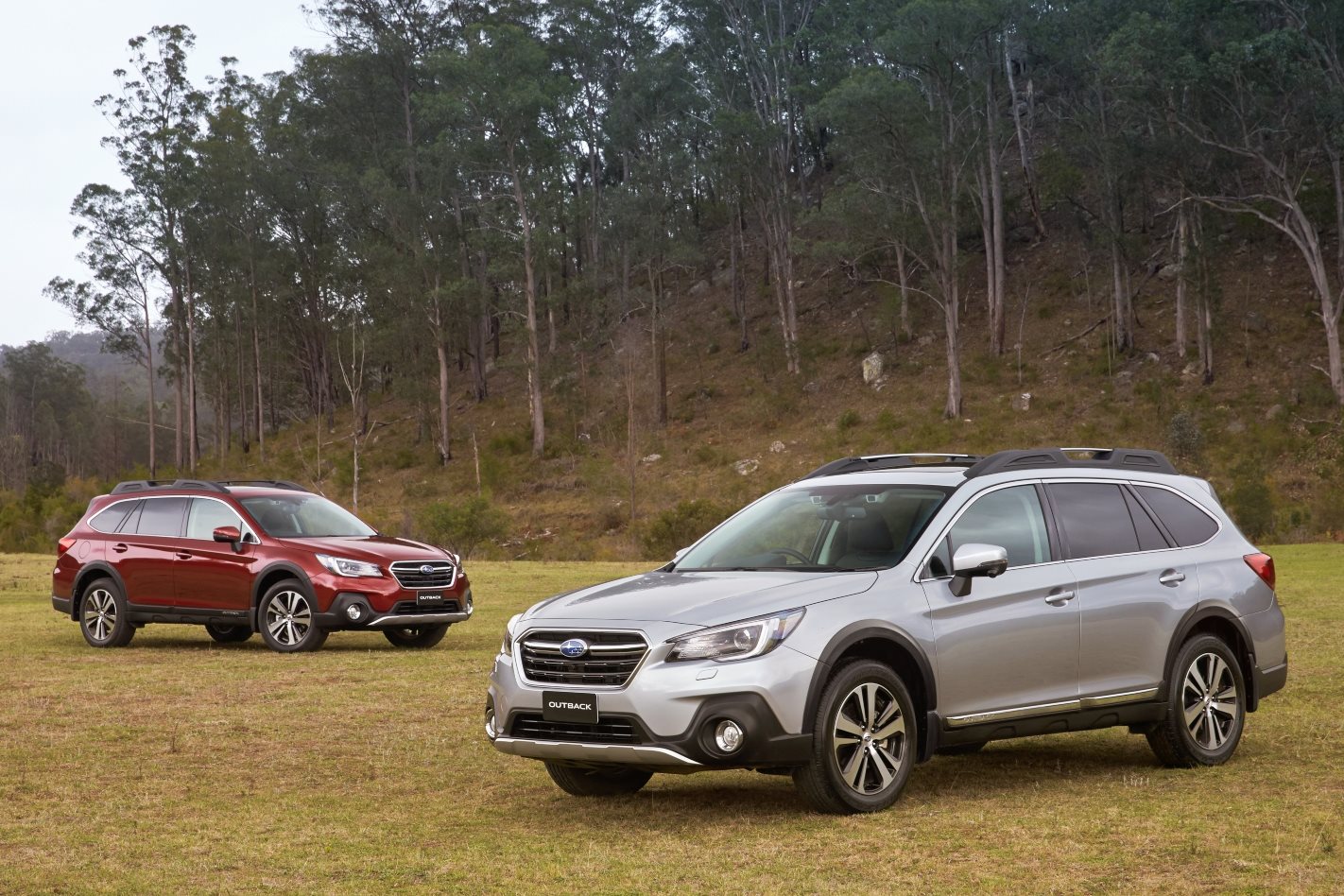
What is the Subaru Outback?
The Subaru Outback is a mid-to-large sized model that straddles the line between a capable all-wheel drive wagon and high-riding SUV. It’s been around in this current generation since 2014 and was updated in 2017, but its replacement is on the horizon.
Despite its age, the Outback is still the company’s third best-selling model behind the Forester and XV, which are much newer to the arena, but it’s no accident that one of the oldest models in the Japanese brand’s line-up is still so popular.
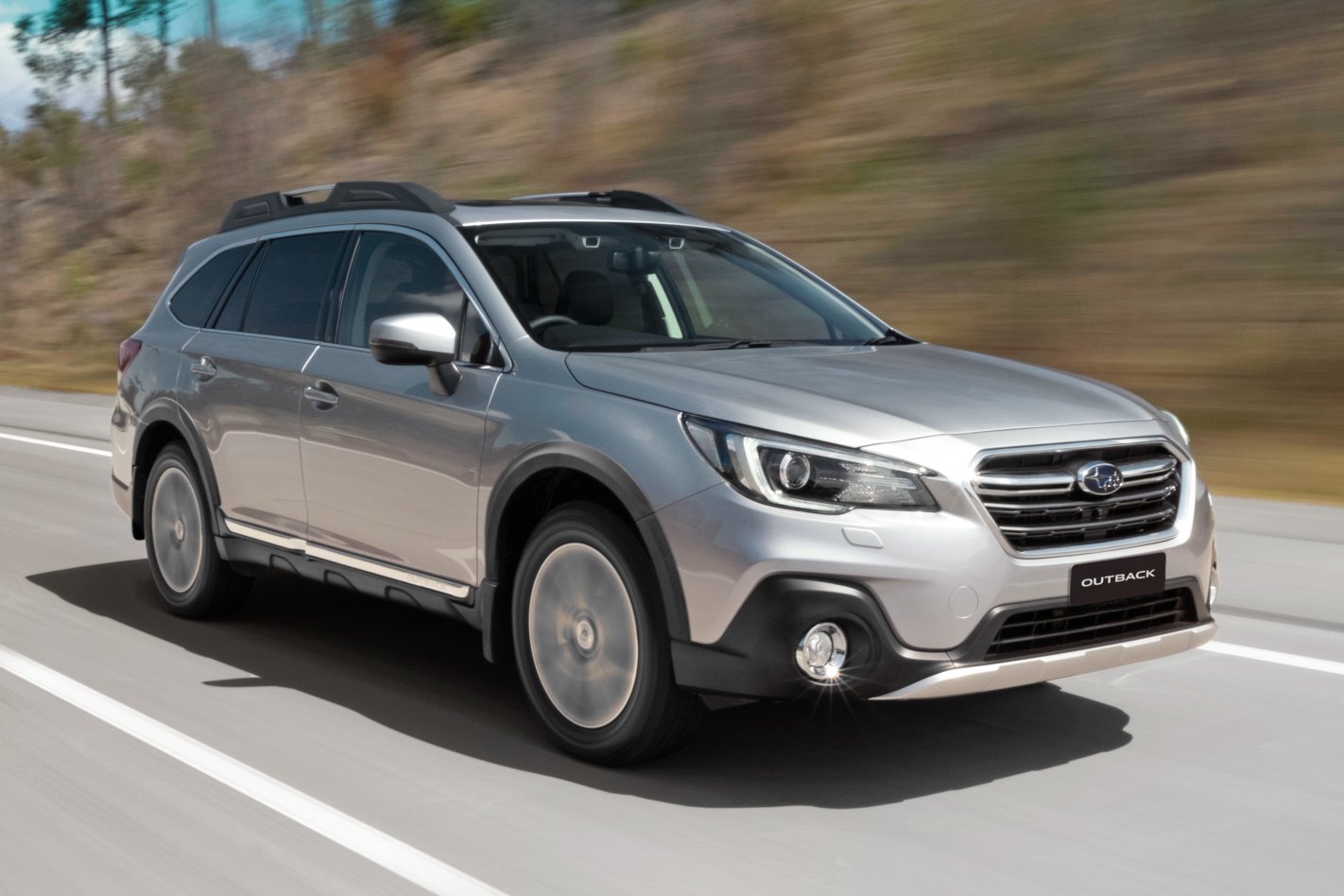
We wanted one last look at the current model to find out how the venerable Subaru Outback hides its age and if it’s worth keeping on the shopping list for now, or whether you’re better off waiting until its successor early next year.
Price and value
As is typical for the evolution of a vehicle though a single lifecycle, the Outback has been updated with extra equipment and safety gear periodically over the last six years, with only relatively small increases in the pricing.
That means you can still get into an Outback for about $37,000 and the range-topping 3.6R is only a shade over $50,000.
Conveniently, Subaru offers driveaway pricing on the current Outback which makes the end cost more transparent and easier to budget for options.
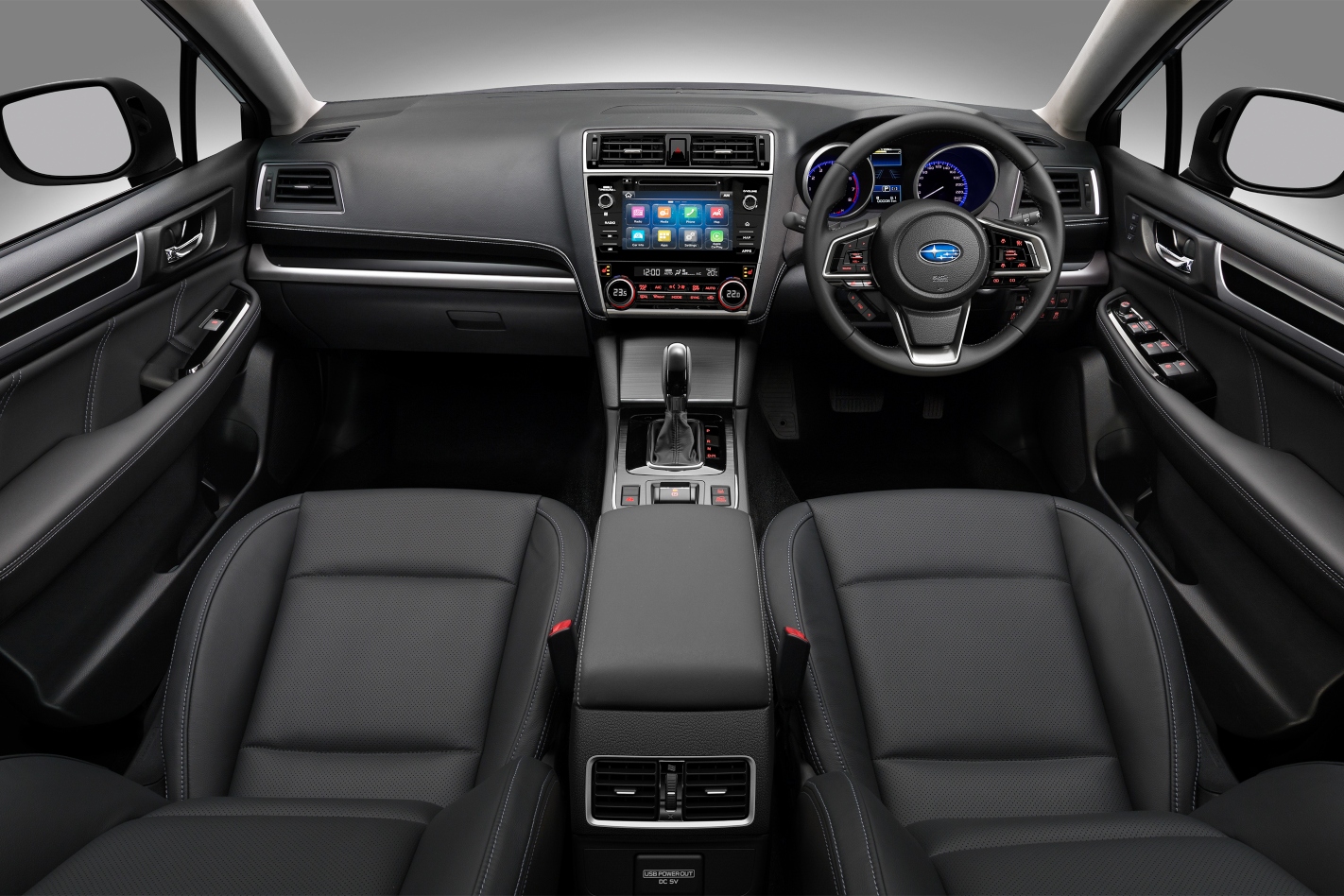
Mazda’s 6 wagon kicks off with the same size petrol as the Outback priced just a little cheaper, but you won’t get the all-wheel-drive and boosted ride height of the Subaru or a diesel option.
That said, there is a turbo version of the Mazda that has the performance to match the Outback flagship and for about the same cash.
If you’re wanting a more SUV-focused comparison then all-wheel-drive versions of the Toyota RAV4 start at about $40,000 and top-out at less than $49,000 but there’s no real performance hero of the range.
Our focus is on the Subaru Outback 2.5i Premium which represents the middle of the range and is priced about $44,000 before on-road costs. For that, you get a 2.5-litre flat-four-cylinder petrol engine without a turbo, bolted to a CVT automatic and Subaru’s permanent all-wheel drive.
Living with the Subaru Outback
During these strange times of lockdown in Victoria, there hasn’t been any opportunity to test the Outback’s party piece and the off-road ability that Subaru often surprises drivers with (although we have taken the Outback on a few off-road skirmishes previously).
Instead, it’s been somewhat caged and locked into a cycle of short suburban trips to collect essentials.
That still allows a decent amount of evaluation, however. Regardless of an owner’s intention and ambition, it’s widely known that a majority of Subarus will spend their lives performing the more pedestrian duties.
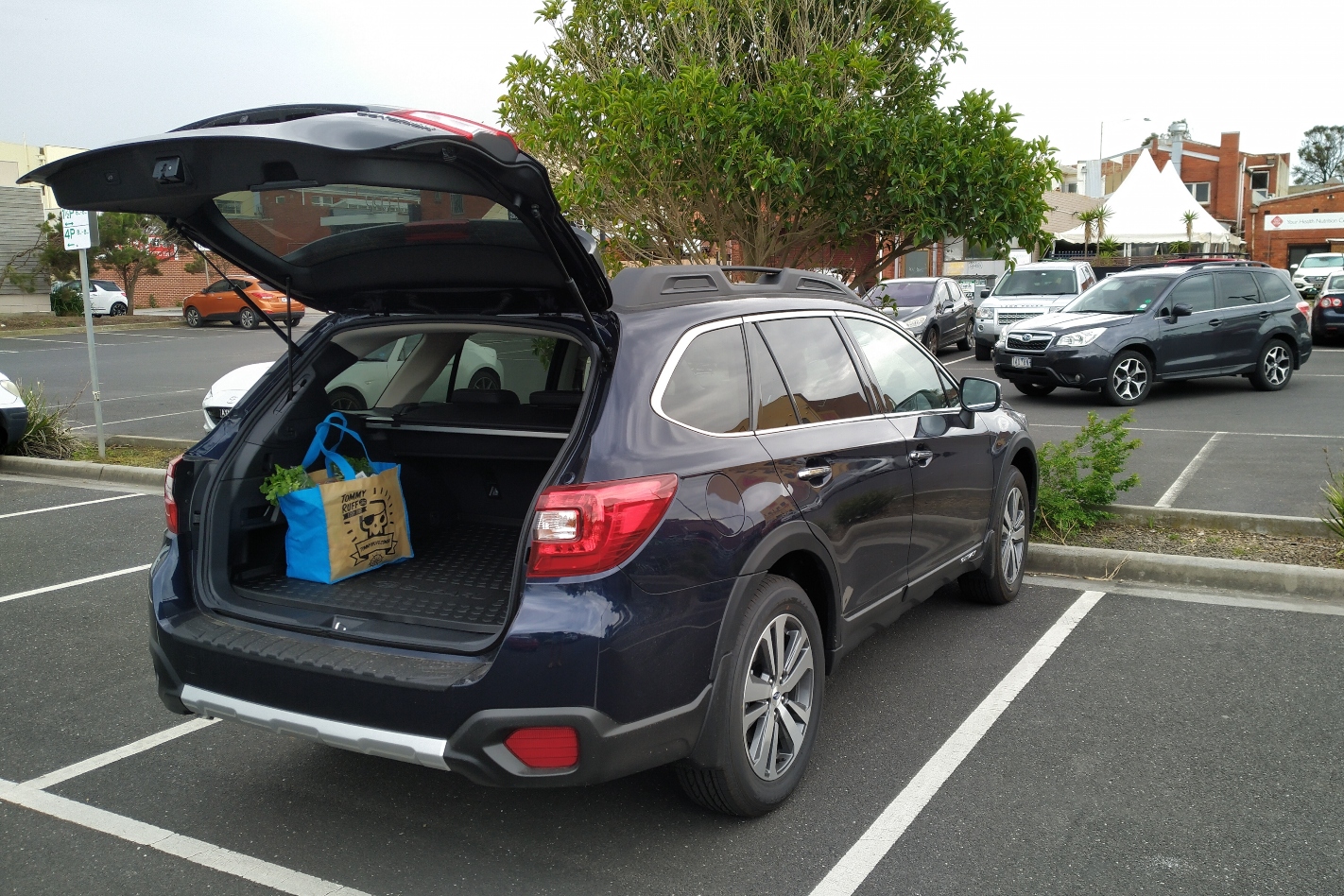
And to that end, the Outback is entirely comfortable if a little underutilised. It’s hard to think of the Outback as a mid-sized contender as its cabin is generously roomy and the same applies to its boot that can accommodate more than 500 litres of things or a massive 1800 litres if you fold the rear seats down.
The Premium-grade extras also make life more pleasant with the Outback including the leather upholstery with suede inserts, heaters for the front seats and the new front and side-view cameras that were added as part of the 2017 refresh.
Cool blue ambient lighting makes the Outback cabin feel roomy and comfortable at night too and our only criticism is of the standard sunroof.
While many rivals offer huge panoramic glass tops that benefit the rear passengers (albeit expensive options), the Outback has a tiny letterbox.
That aside, perhaps the best part of Outback ownership is feeling like you haven’t yielded to the SUV revolution.
It’s difficult to explain exactly why, but the Outback somehow manages to avoid some of the eye-rolling when you tell your friends you bought an SUV. It’s like there’s a common respect for the brand or an understanding that Subarus walk the walk that some other brands can only talk.

For about-town trundles, the Outback’s ride is smooth thanks to a suspension retune that was also part of the mid-life update and the cabin is quiet and relaxing. Importantly though, the 2021 Outback will roll on the company’s all-new Global Platform (SGP) and that has already transformed some of the Outback’s siblings.
The new version promises improved ride and handling, therefore, but until we get our hands on the sixth-generation model, we can’t say for sure how enhanced the already accomplished manners are.
Also arriving with the new model will be a significant step up in comfort and entertainment tech including a new portrait-oriented 11.6-inch touchscreen to replace the current version which is starting to feel a little outdated.
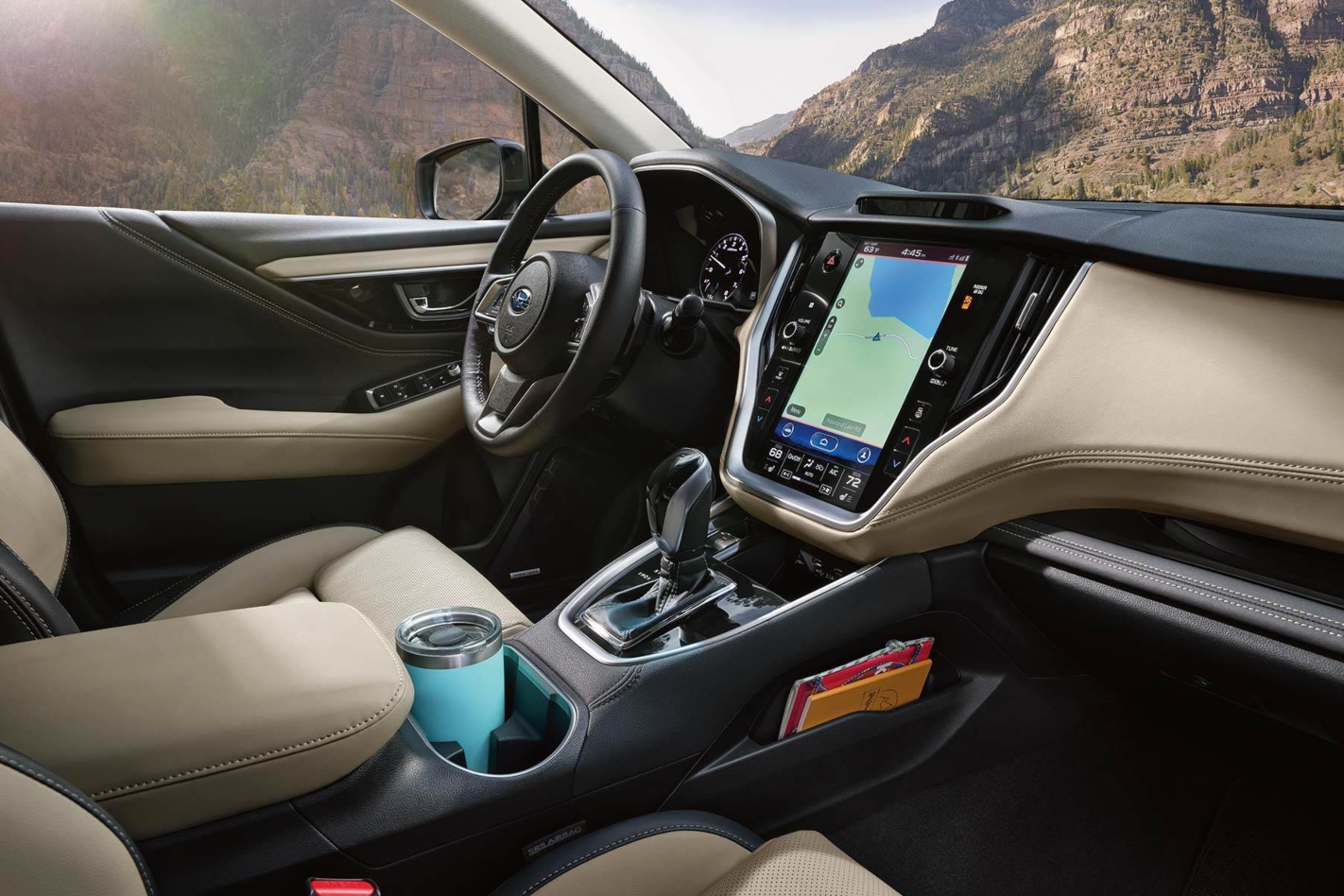
One feature we’re pleased to see carrying over is the fold-away integrated roof rack bars that are a unique feature and are very convenient.
Engine, transmission and drivetrain
With a $50,000 budget, the top-of-the-range Outback 3.6R offers a smooth and powerful flat-six petrol engine which is a very unusual but very effective layout. In fact, Porsche is the only other carmaker to offer this type of engine.
The range also includes a 2.0-litre diesel engine for the most frugal option in the line-up. But the 2.5-litre naturally aspirated four-cylinder has its own attributes.
It too is a so-called flat engine with four cylinders for smooth and torquey output.
It’s no firecracker but nor is it meant to be – at least, not until Subaru announces an STI or RS version.
There’s adequate power to all the jobs an Outback might have thrown at it including some light off-road action.
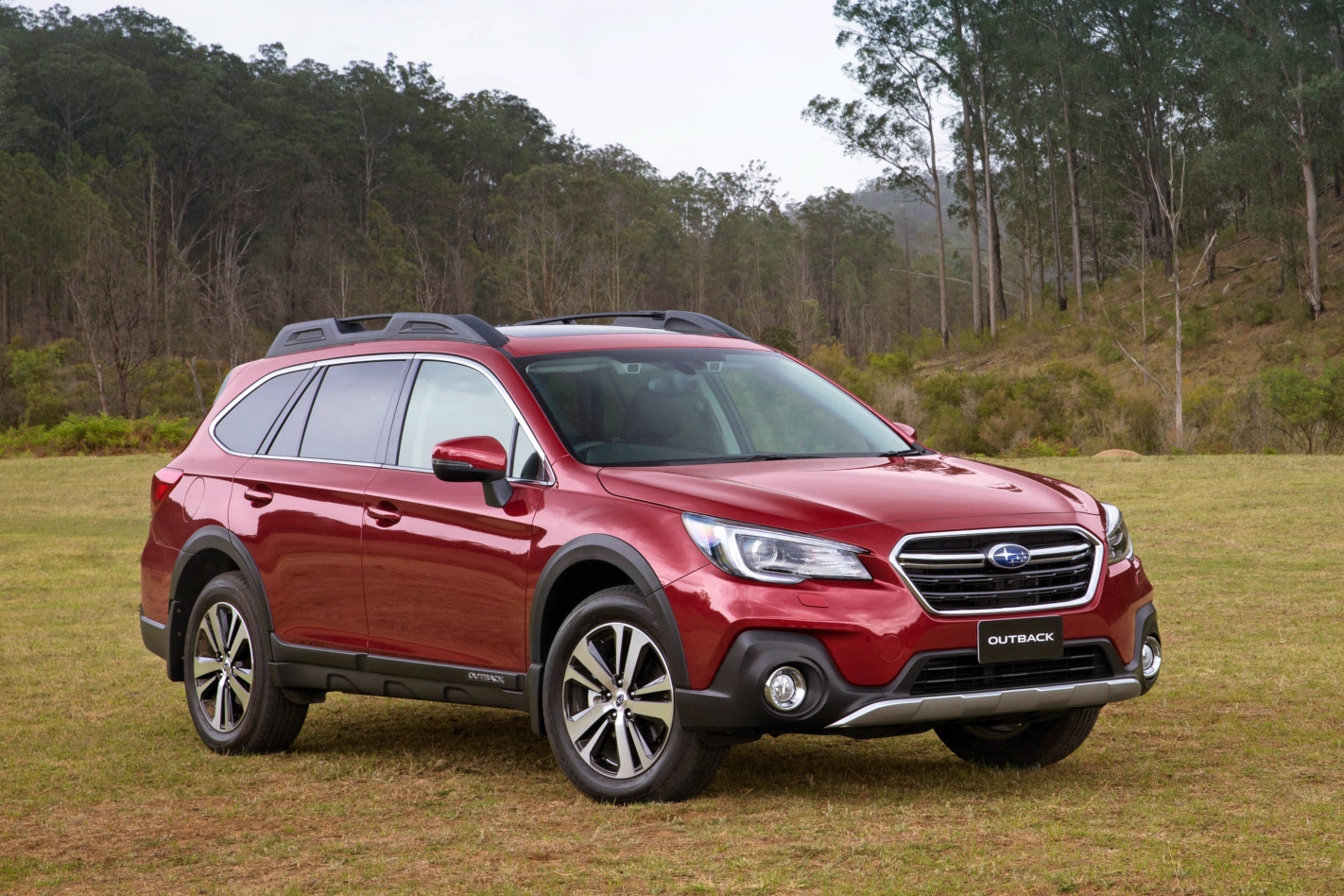
Behind the flat-four, the Outback has a continuously variable transmission (CVT) auto – as is the case for all variants – which has its own unique characteristics.
The engineers have designed in ‘steps’ that simulate the gear changes of a normal transmission for a more familiar driving manner, but it can’t entirely disguise the one-speed nature of the gearbox.
Subaru is certainly one of the best at engineering CVTs to work well and provide enjoyable driving characteristics, but the Outback’s can still be a little thrashy when revved hard. For light duties, it is smooth and handles the engine’s torque well.
While the current engine line-up is diverse and covers a lot of bases, it is the incoming range of drivetrains that poses the most convincing argument to wait for the 2021 Outback.
For fans of the existing 129kW 2.5-litre flat four, a new version will be offered with a small boost in power.
However, Subaru will be introducing a turbo version which pumps power to 194kW – close to the existing 3.6R – while torque is an impressive 375Nm, more than anything in the current range.
As if that wasn’t enough, there will also be a hybrid option that borrows the same drivetrain already in service with the XV and Forester equivalents.
It’s about as mild as hybrid systems get, but the 2.0-litre petrol/electric combination adds a little extra instant power and torque; useful on and off road, says Subaru.
How safe is the Subaru Outback?
From a safety perspective, Subaru has always positioned itself a little like a Japanese Volvo and a brand that takes occupant and other road user safety very seriously – Whether it be its proprietary all-wheel-drive system legacy for a more sure-footed drive or, more recently, with the introduction of unique electronic driver-assistance systems.
As it stands, the Outback’s safety kit list is headlined by Subaru’s EyeSight suite of safety and driver assistance features, which stands apart from almost every other manufacturer as it employs two forward-facing cameras.
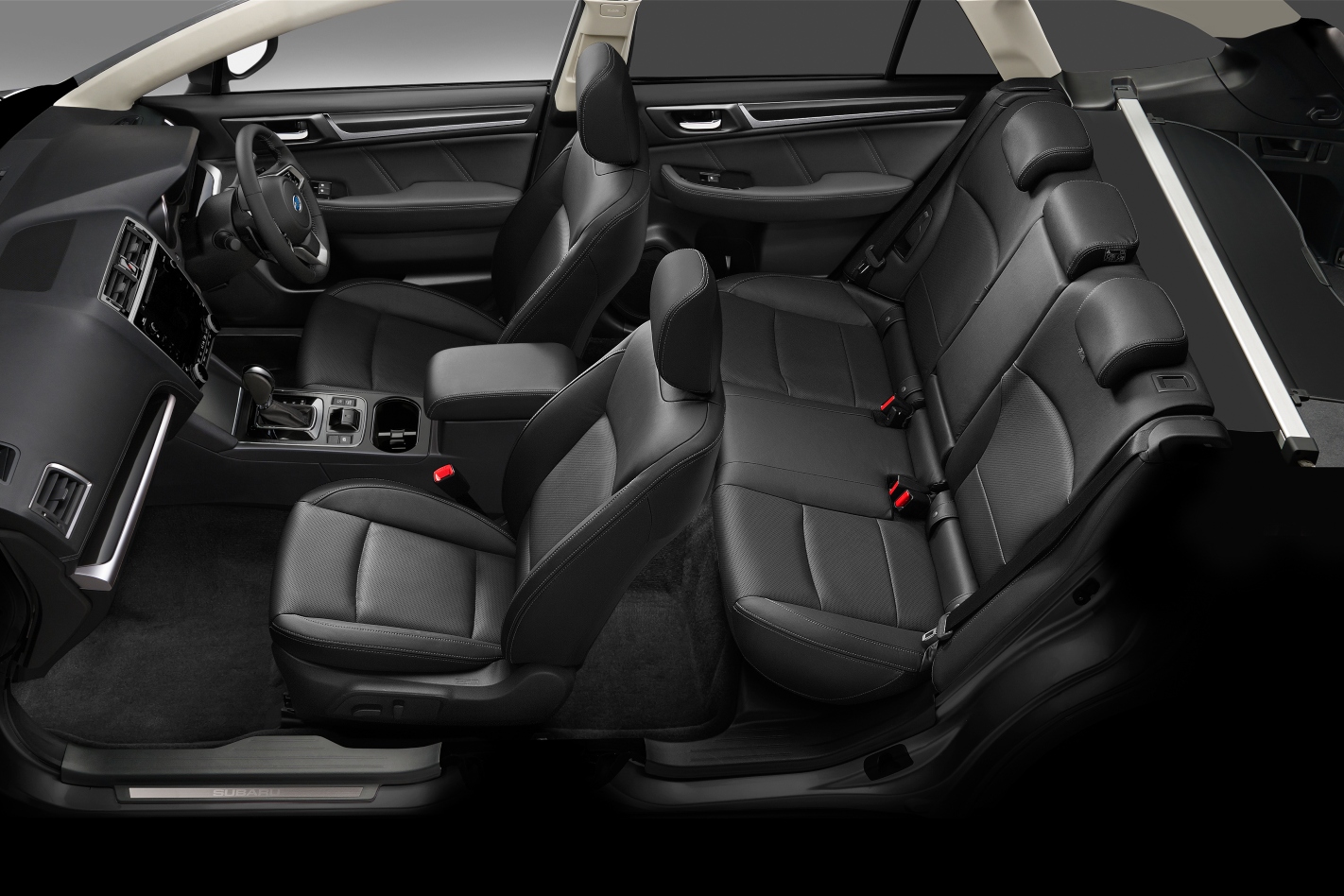
This, says Subaru, allows the system to more accurately determine distance than a single camera arrangement.
In practice, that certainly seems to be so with lane departure warning only intervening when the car is genuinely on its way off course rather than some systems which offer false alarms.
EyeSight is also less guilty of unnecessary collision warnings, although thankfully, we’ve not needed the system to avoid a genuine hazard.
For those times a crash is unavoidable, the Outback is decked out with seven airbags, two Isofix child seat anchors and a five-star safety rating from ANCAP.
Verdict
It’s clear why Subaru’s hard-working Outback continues to attract a steady following of returning customers and new ones alike. For a vehicle that manages far above-average off-road capability, it paradoxically also feels decidedly un-SUV on the road.
Its balance of car-like drive and wagon proportions with SUV practicality and all-terrain promise is what keeps customers walking through dealership doors.
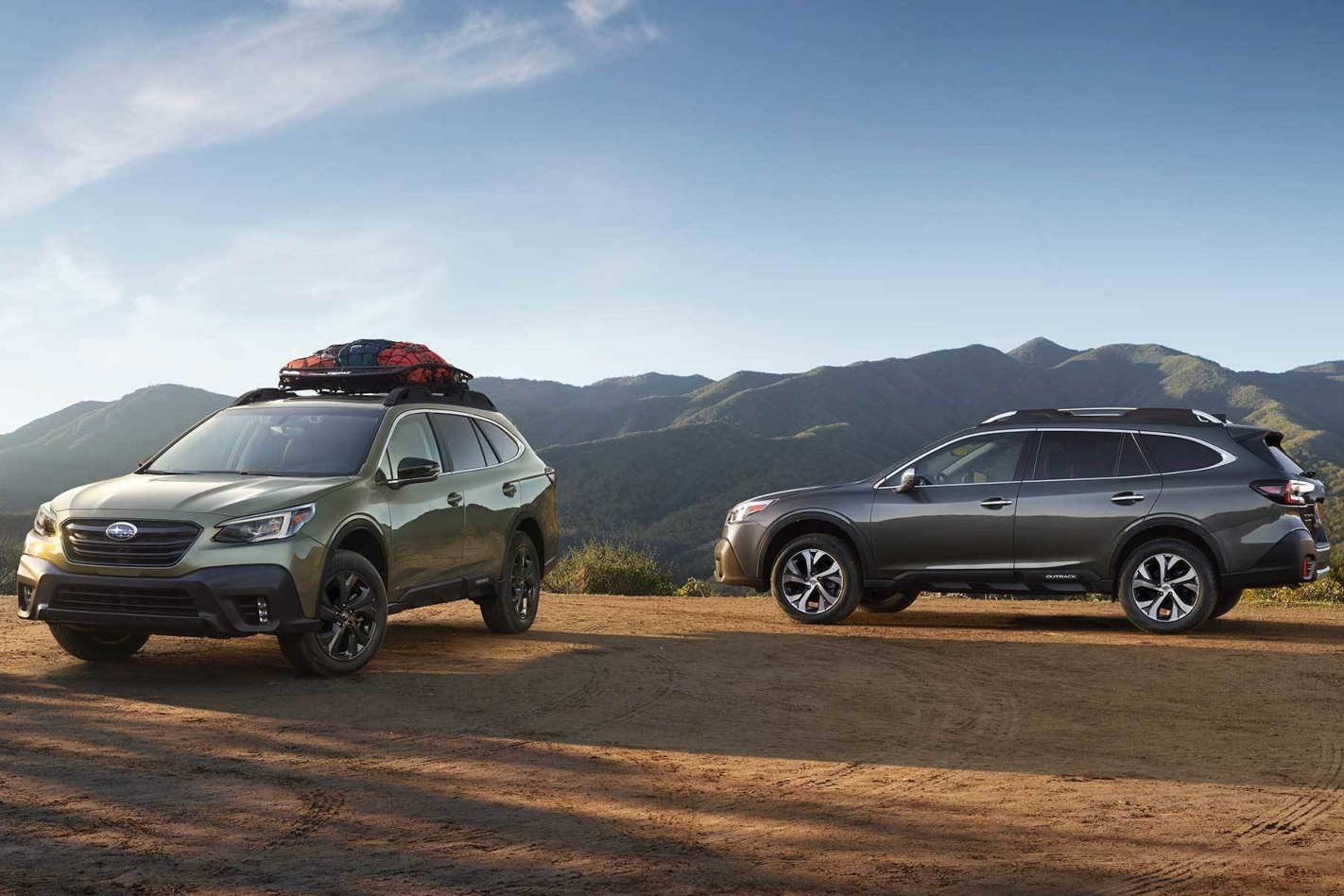
If you’re one of those people who queue for the new iPhone for days before its release, the current generation Outback is perhaps not for you, but if you don’t necessarily need the very latest iteration of everything, the 2020 version still has a lot to offer.
Not only is it managing to hide its age unusually well both technologically and aesthetically, the Subaru Outback is now in run-out and, if you can’t or won’t wait for the new generation, now is the time to start hunting for a bargain.
What we like: Wagon appeal, SUV practicality, safety features, full-sized spare wheel
What you might not like: Dated infotainment, porthole sunroof




